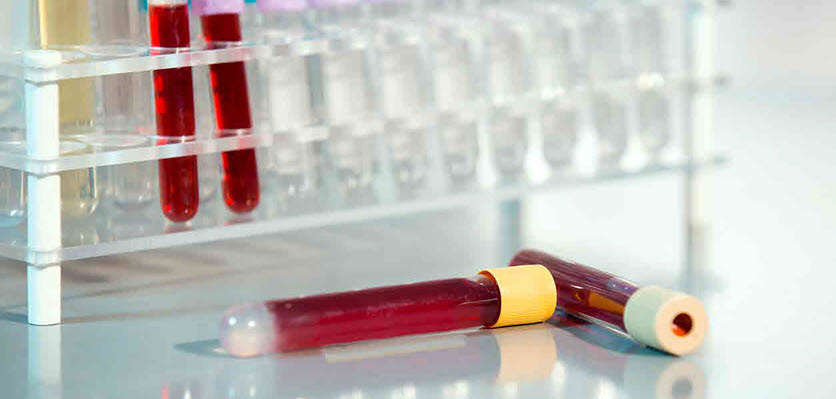
Among the sessions at FASAVA 2017 Congress, Dr. Terry King’s talk entitled ‘Cats are not small dogs: how cats handle their critical diseases’ revealed an interesting fact about feline blood types; did you know 76% of cats in Australia carry type A blood? It turns out that there are many other interesting tidbits to be uncovered about animal blood types.
Apes
Although the great apes share our blood groups (A, B, AB, O), blood types vary between species.
- Bonobos and chimpanzees have predominantly type A blood, while orangutans have all four types1
- Gorilla blood is a bit of a mystery. Samples always come back as type O, but research1 and anecdotalevidence2 suggest that individuals don’t, in fact, have the same blood type.
Canines
Dogs have 8 blood types referred to as DEA (dog erythrocyte antigen) 1–8, with over 13 blood groups described.
- Dog blood groups are unique in that not all groups have naturally occurring antibodies3
- Dog blood groups don’t immediately cross-react with incompatible blood types. This means that an immediate match does not need to made and an initial unmatched transfusion can be given.3,4
Felines
Felines only have three blood types: A, B, and AB.
- Blood group is largely breeding specific, with Siamese and related breeds, Burmese, Tonkinese, and Russian Blue breed being exclusively typed A4
- Transfusion of A blood into B type can cause a severe clinical reaction while giving B-type blood to an A-type cat results in a much milder crossreaction
- The same trend of dominant A blood groups is seen in wild cats5
- Feline blood types are the result of two alleles on the same gene: one conferring type A blood and one conferring type B. It’s hypothesised that the type A allele is dominant over type B and this is why the type A blood type dominates.6
Cephalopods, crustaceans, and fish
Not much is reported on the blood groups of sea-faring animals, but their blood has some interesting features.
- Some octopus and crustaceans use the copper-rich protein hemocyanin rather than iron-rich haemoglobin to transport oxygen around the body
- The high copper level results in blue blood7
- Some arctic fish have colourless blood. They require no oxygen carrier and can extract dissolved oxygen from their surroundings.7
References
- Gamble KC, Moyse JA, Lovstad JN et al. Blood groups in the species survival plan®, European endangered species program, and managed in situ populations of bonobo (Pan paniscus), common chimpanzee (Pan troglodytes), gorilla (Gorilla ssp.), and orangutan (Pongo pygmaeus ssp.). Zoo Biol 2011;30:427–444.doi: 10.1002/zoo.20348
- Mullen W. Five-year effort produces a registry of blood types for captive great apes. Washington Post 2011. www.washingtonpost.com/wp-dyn/content/article/2011/01/03/AR2011010306095. Accessed September 2017
- Hale AS. Canine blood groups and their importance in veterinary transfusion medicine. Vet Clin North Am Small Anim Pract 1995;25:1323–1332.
- Cornell University College of Veterinary Medicine. EClinpath: blood types www.eclinpath.com/hemostasis/transfusion-medicine/blood-types/. Accessed September 2017
- Griot-Wenk ME, Giger U. The AB blood group system in wild felids. Anim Genet 1999;30:144–147
- Giger U, Bucheler J, Patterson DF. Frequency and inheritance of A and B blood types in feline breeds of the United States. J Hered 1991;82:15–20
- Arnold C. In the animal kingdom, blood comes in a rainbow of color. National Geographic 2017 http://news.nationalgeographic.com/2015/03/150312-blood-antarctica-octop... Accessed September 2017.
This article appeared in the October 2017 issue of the Australian Veterinary Journal
